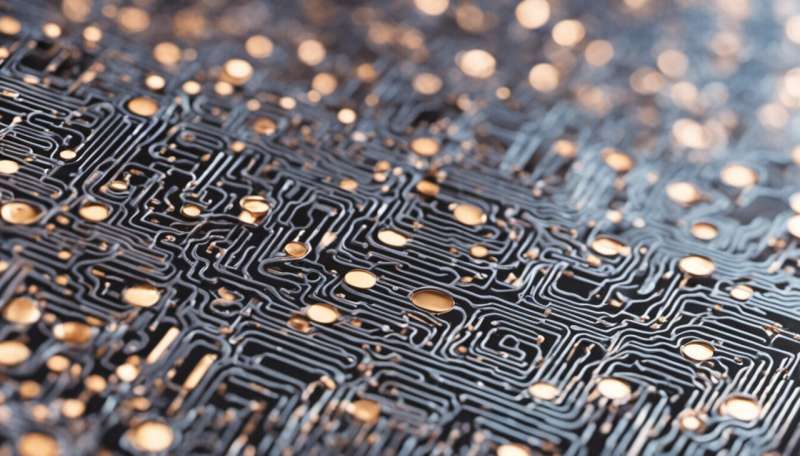New perovskite material to define the next generation of hard drives

The amount of data generated on a daily basis is quickly surpassing the storage capabilities of today's hard drives. In order to keep up, the next generation of hard drives must use materials with magnetic properties capable of being easily manipulated, thus offering higher density and better efficiency.
To meet this demand, two EU research projects have developed just such a material. The new perovskite material features a magnetic order that can be easily changed with heat and without causing a disruption to the material itself.
A modified material
Many energy researchers view perovskite photovoltaics as a cheaper alternative to traditional silicon-based systems. However, unlike other forms of perovskite material, the modified version co-created by the TOPOMAT and PICOPROP projects exhibits unique properties that make it the material of choice for the next generation of hard drives.
The TOPOMAT project laid the foundation with its research into the link between the fundamental physical properties of topological insulators and their prospective technological applications. Topological insulators are a recently discovered class of materials that have a bulk electronic gap and exhibit conducting surface states. The PICOPROP project, on the other hand, specifically focuses on the characteristics of the newly discovered perovskite material. Combined, this research – all of which is being conducted at Switzerland's Ecole Polytechnique Federale de Lausanne (EPFL) – led researchers to discover that, because the new material's magnetic properties can be easily modified, it is essentially the first magnetic photoconductor.
A combination of properties
This characteristic represents an important breakthrough in the field of magnetic data storage. As a material's magnetism comes from the interactions of its localised and moving electrons, the result is a fixed magnetic state. The only way to change this state is to alter the structure of the electrons found in the material's chemistry or crystal structure. However, such a change impacts the makeup of the material itself, thus severely limiting its use for magnetic data storage purposes.
According to an article published in the journal Nature, the new perovskite material gets around this limitation by combining the advantages of ferromagnets, whose magnetic moments are aligned in a well-defined order, with photoconductors, where light illumination generates high density free conduction electrons.
It is this combination of properties that allows for the melting of magnetisation by photo-electrons (i.e., electrons emitted from material when hit by light). The result is that even a weak light such as a red LED is sufficient to melt the material's magnetic order, creating a high density of travelling electrons. These electrons can then be easily, quickly and continuously manipulated by simply changing the intensity of the light.
Influential in next-gen hard drives
Although the projects remain a work in progress, these initial results indicate that this new material will prove influential in the creation of next generation high capacity, low energy hard drives. According to one researcher, the perovskite material is the key to combining the advantages of magnetic storage – long-term stability, high data density, non-volatile operation and the ability to rewrite – with the speed of optical writing and reading.
More information: PICOPROP project page on CORDIS: cordis.europa.eu/project/rcn/198233_en.html
TOPOMAT project page on CORDIS: cordis.europa.eu/project/rcn/104767_en.html
Journal information: Nature
Provided by CORDIS



















